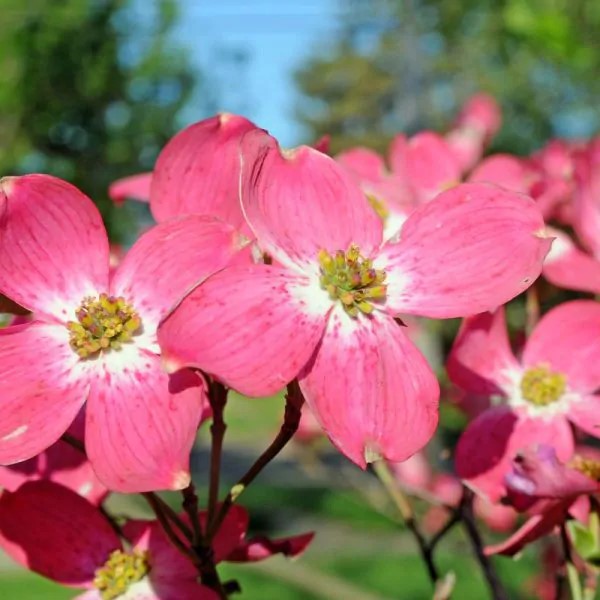Best native dogwood trees – for a spectacular seasonal show
Flowering dogwoods are renowned for producing spectacular spring blooms and also displaying colorful foliage in the fall

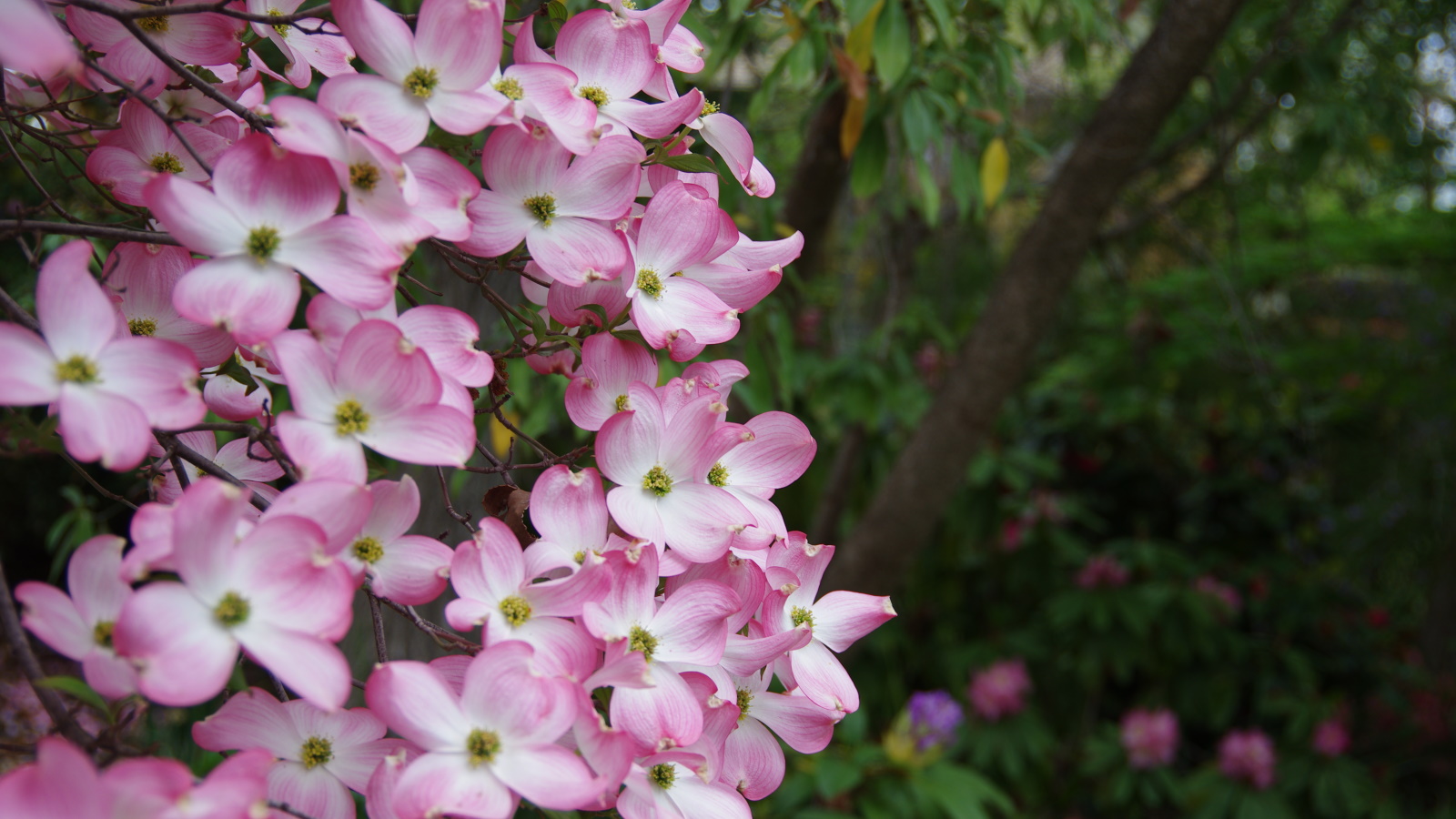
With delicate, star-like blooms, dogwoods are attractive small to medium-sized trees that are popular worldwide. Belonging to the Cornus genus, many dogwoods are native to regions across North America.
Native dogwoods are remarkably diverse, thriving in a variety of situations, and each species has a different preference for particular lighting conditions and soil types. This means that every gardener can find a species that is suitable for their backyard.
Specific native dogwoods are famed for their large flowers, whilst others are celebrated more for their foliage in fall. Whether planted as specimen trees, grown as a large shrub or placed in a container, native dogwoods will certainly add something unique to any outdoor space.
Beyond ornamental appeal, native dogwoods play an important role in supporting wildlife, with pollinators feeding on the nectar of the open, saucer-like flowers in spring, whilst later in fall, the berries are a food source for birds, including robins and cardinals.
Dogwoods can be planted from late winter to early spring, either purchased as a container plant or as bare-root stock. Read on to discover a selection of four native dogwood species to consider for your outdoor space, which are each celebrated for their flowers and foliage through the seasons.
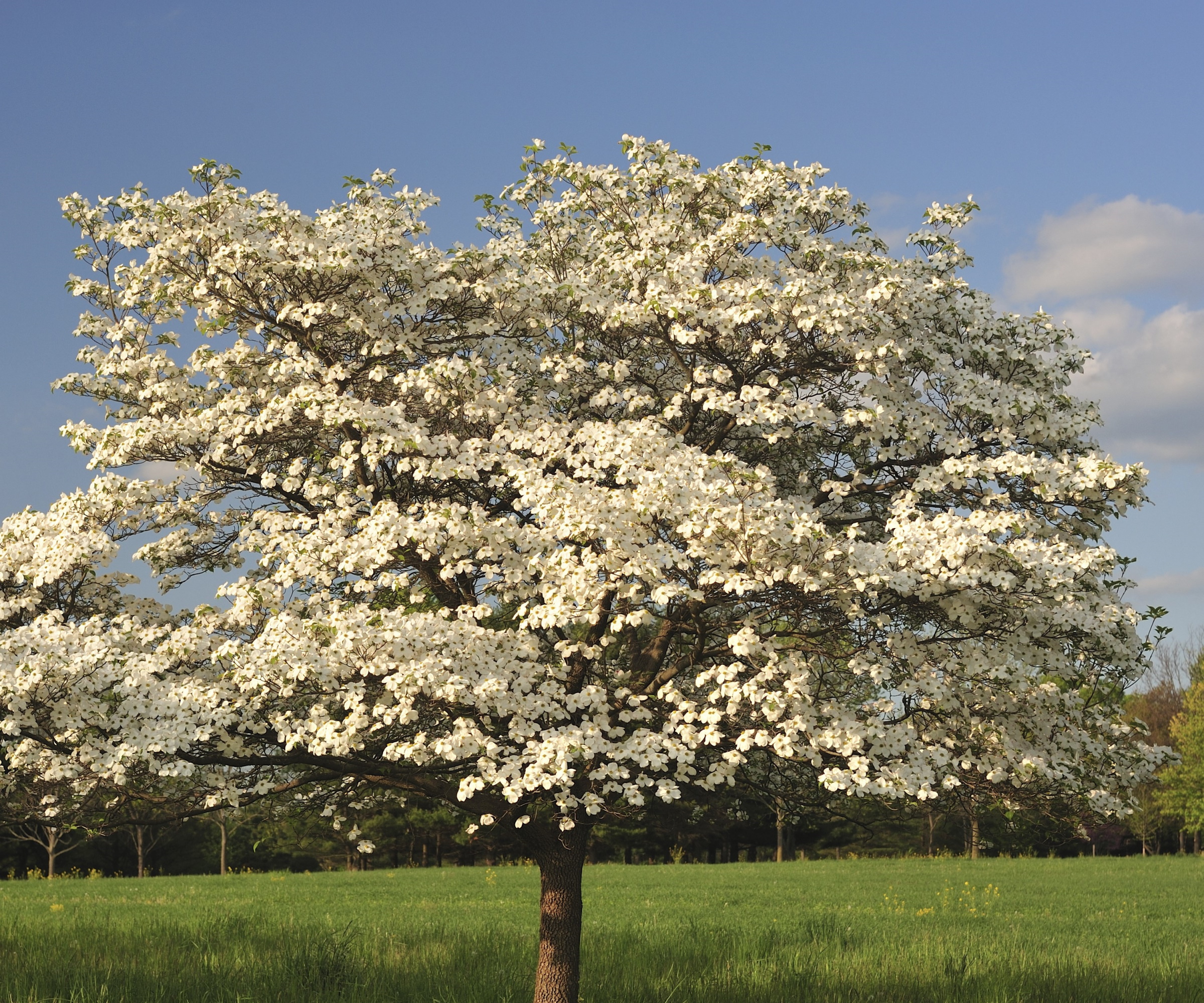
Flowering dogwood tree with white blooms
Planting native dogwood trees
Native dogwood trees are remarkably diverse, growing in a variety of situations and climates across North America. Experts share their top picks for native dogwood species that can add something unique to any outdoor space.
1. Spring flowering native dogwoods

Cornus florida, flowering dogwood
Endemic to eastern North America, the flowering dogwood, Cornus florida, is an 'enchanting species of Cornus that is associated with springtime,' says Travis Wilson, Horticulturist at the Knoxville Botanical Garden and Arboretum, in East Tennessee.
Design expertise in your inbox – from inspiring decorating ideas and beautiful celebrity homes to practical gardening advice and shopping round-ups.
The flowering dogwood is a small tree that grows well in US hardiness zones 5 - 9, and has a 'long-standing status as the essential home landscaping tree,' Travis says. This is due in no small part to its 'showy beauty and extensive natural range.'
Flowering dogwoods, seen with pink flowers in the images above, 'enjoy rich, well-drained soil,' says Travis, and can benefit from 'adding mulch and wood chip to the soil.' Travis recommends planting flowering dogwoods in a situation with morning light, as this is 'far gentler than the heat given from the setting sun before evening.' If, however, you plant in a full-sun position, this is no bad thing, as the foliage display in fall will be all the more vivid with greater sunlight exposure.
'With an extensive selection of cultivars differing in color and height, there is a flowering dogwood appropriate for every landscape,' Travis says. Cornus florida is certainly 'the first choice for the small yard, the large yard, the woodland, and the welcoming, sunlit drive.'
The flowering dogwood is available to order from Nature Hills.
Another floriferous species, albeit with much smaller, dainty blooms, is the silky dogwood, Cornus amomum, seen in the image below. Known by some as the swamp dogwood, this shade-tolerant species is 'the first recommendation for those looking for a dogwood for damp, wet areas,' Travis says.
Hardy in zones 4 - 8, the silky dogwood is native to wetland areas of North America. With a shrub-like growth habit, this species will be useful for those looking for trees and shrubs to plant in wild and slightly wet areas of the backyard.
At maturity, the 'silky dogwood can reach a height of 6 - 12 feet and is just as wide, providing an excellent, well-rounded hedge or windbreak,' Travis says. When happy, this species will 'form thickets by seed or by sucker, lending itself very well to natural planting schemes.'
The silky dogwood is an important 'host plant to over a hundred species of caterpillars, including those of the native spring azure butterfly. This species 'is a wildlife rockstar well worth the investment,' says Travis, 'especially due to its manageable size, making it suitable as much to smaller landscapes as to larger natural areas.'
The silky dogwood is available to order from Nature Hills.
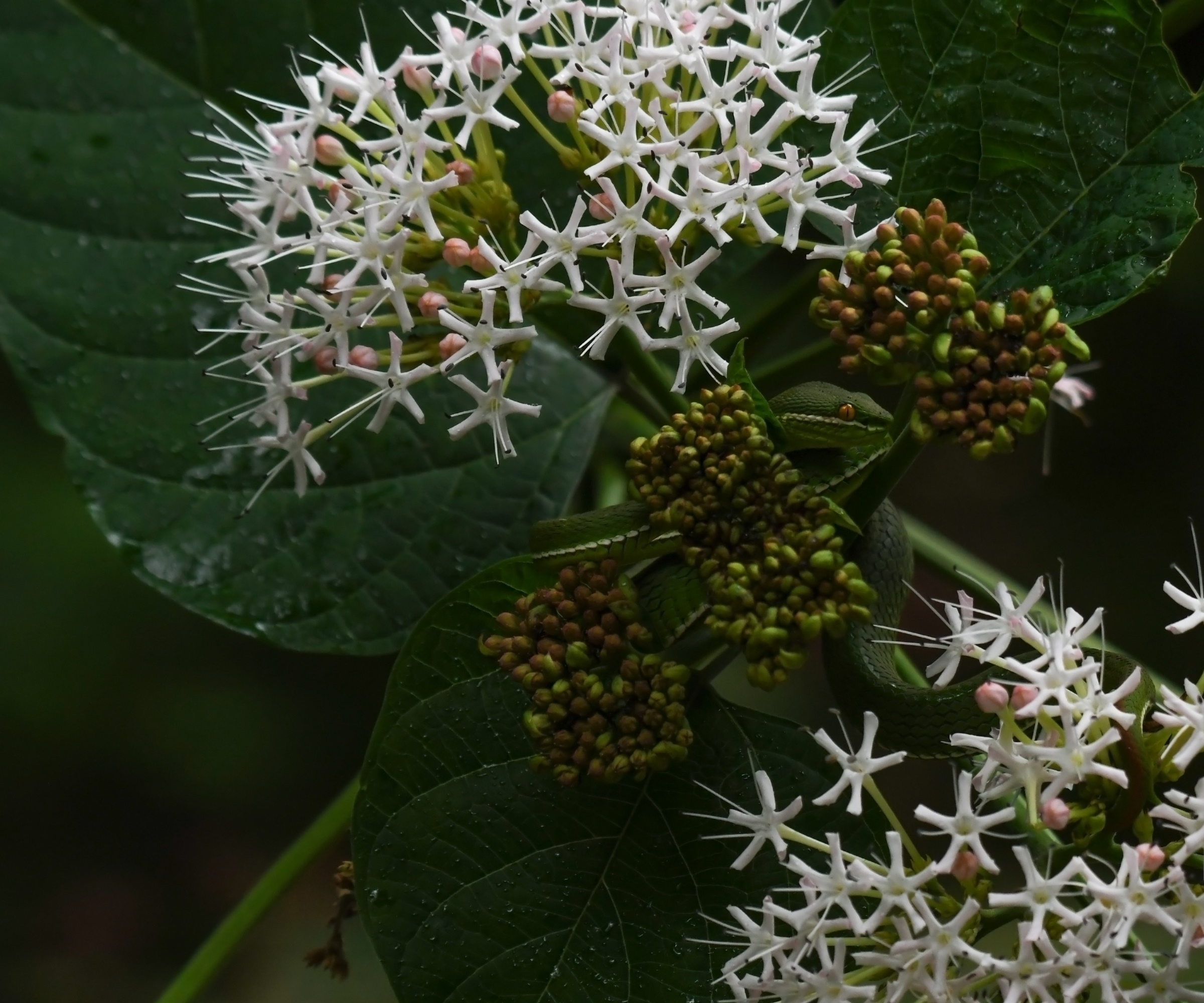
Cornus amomum, silky dogwood

Travis Wilson is a Horticulturist at the Knoxville Botanic Garden and Arboretum in East Tennessee. Travis helps to care for the collection of native dogwoods containing many different species and dozens of varieties.
2. Native dogwoods with fantastic fall color
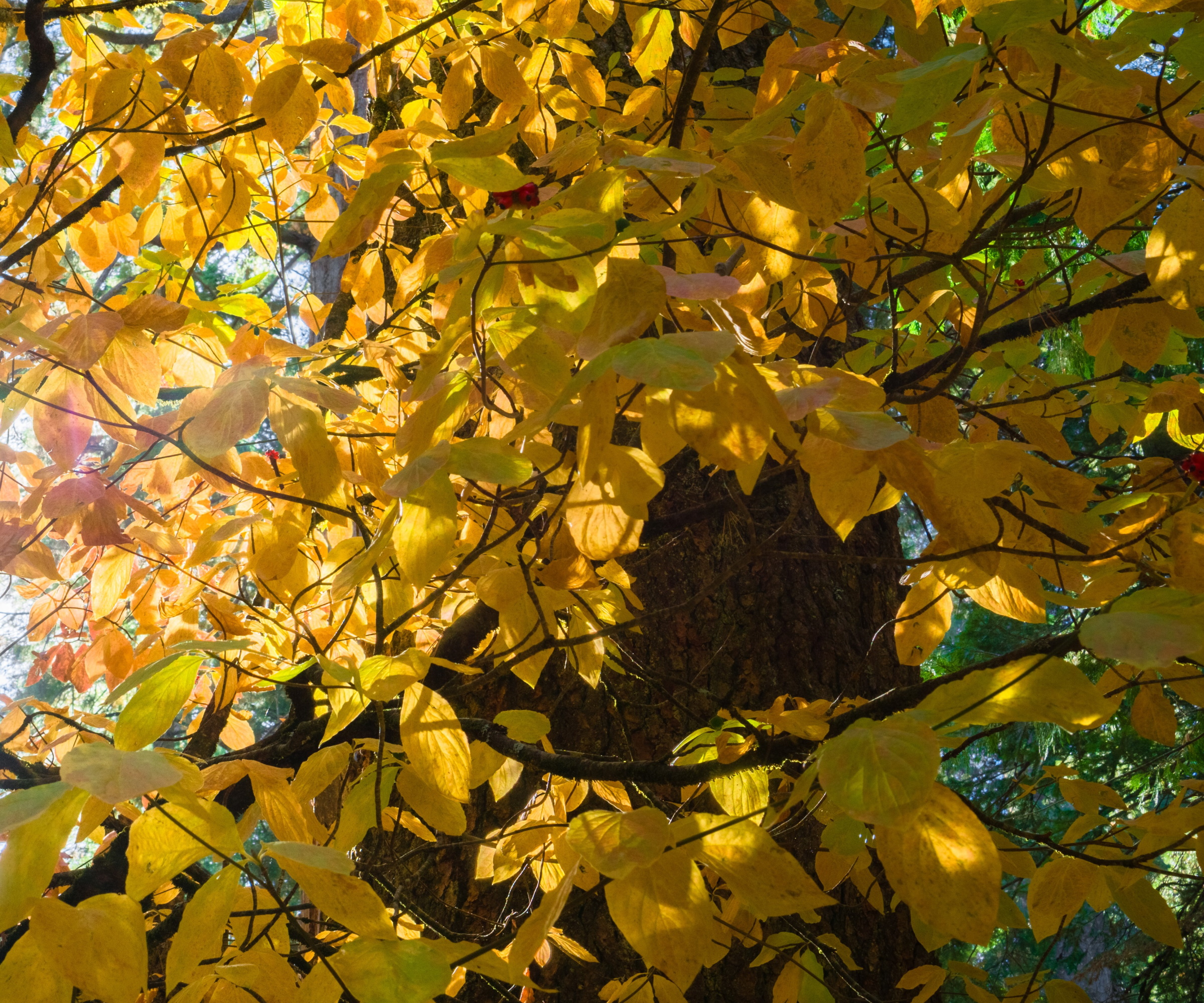
Cornus nuttallii, Pacific dogwood
All dogwood trees in the Cornus genus are deciduous, meaning they lose their leaves in fall and winter. Most, if not all, of the genus, put on a spectacular seasonal show, with vivid fall colors ranging from golden yellow to burnt umber and crimson red. What better way to welcome the start of fall than with a riot of color in your yard?
The pagoda dogwood, or Cornus alternifolia has 'excellent four-season interest,' says Travis, with 'unique form and beauty, this species is so often planted as a specimen tree in larger landscapes due to its size, getting fairly tall and wide if given the chance.' Additionally, it is a relatively adaptable tree, growing well across US hardiness zones 3 - 7.
Unlike many other Cornus species, the pagoda dogwood has alternate rather than opposite leaves, meaning the leaves on each stem are arranged in an almost zig-zag-like pattern. 'This makes the foliage even more attention-grabbing,' Travis continues. Following the dainty cream-white flowers that bloom in spring and summer, as seen in the image below, 'the harvest begins, and in fall the birds and wildlife enjoy the berries found at the ends of red stems.' As the season goes on, 'the leaves transform the landscape with warm hues of red, gold, and orange.'
The pagoda dogwood requires 'well-drained and deep, rich soils due to the fibrous and relatively shallow root system,' Travis says, working well in 'wet meadows and generally damp and shady sites.' Whilst this species can tolerate some drought, 'in the case of extended dry periods, it is best to water.'
Another native dogwood that is found in woodland areas is Cornus nuttallii, or the Pacific dogwood, growing well in zones 7 - 9. This species 'will tolerate some shade,' says Dr Ross Bayton, Director at Heronswood Gardens in Washington, 'though flowering is notably better with more light.'
The Pacific dogwood 'produces white flower clusters with large white bracts in spring,' Ross continues, before going on to produce 'red fruits and good fall color.' Indeed, the foliage of the Pacific dogwood can be very special in fall and winter, as seen in the image above, with bright yellow and deep red leaves appearing almost fluorescent in the morning sunlight.
Similar to most other native dogwoods, the wildlife value of this species is significant, with pollinators humming around the white flowers in spring, followed later in the season by birds feasting on the red berries in the late summer months.
'Tree dogwoods like this require little to no pruning,' Ross says, and are generally very low-maintenance, but it is important to 'remove the dead, diseased or damaged stems on an annual basis.'

Cornus alternifolia, pagoda dogwood

London-born botanist and gardener Dr Ross Bayton gained his PhD at the Royal Botanic Gardens, Kew, studying the classification of tropical palms. He’s the author of several books on horticulture. He is now the director of the world-renowned Heronswood Garden in Kingston, Washington, and is developing a 5-acre garden at home in nearby Bremerton.
FAQs
When is the right time to plant dogwood trees in the yard?
You can plant dogwood trees and shrubs from late winter through to early spring, and they are available either as container plants or as bare-root stock. It is recommended to plant at this time to give the new tree as much time as possible to establish before the summer months. After planting, be sure to check on the watering and consider our guide on how and when to fertilize dogwoods, which is important after planting.
What other native tree could I plant alongside dogwoods?
There are so many native trees that could grow alongside or in a border with dogwoods. There are many witch hazel varieties that grow in North America, such as the American witch hazel, ideal for winter blooms. Alternatively, for an unusual option, those with larger, rural plots might consider learning how to grow a hedge apple tree, with unique fruit and spiky branches.
Planting native dogwood trees will brighten up any outdoor space, with a spectacular show in spring, summer and fall. See our guide on what to do with dogwoods in the fall for more information on caring for these trees as the seasons change.
Consider also bunchberry dogwood, a low-growing groundcover dogwood with dainty white flowers, or, for those with smaller yards, consider growing flowering dogwood trees in pots.

Thomas is a Content Editor within the Gardens Team at Homes and Gardens. He has worked as a professional gardener for both public spaces and private estates, specializing in productive gardening, growing food and flowers. Trained in Horticulture at the Garden Museum, he has written on gardening and garden history for various publications, including The English Garden, Gardens Illustrated, Hortus, The London Gardener and Bloom. He has co-authored a Lonely Planet travel book, The Tree Atlas, due out in 2024.
